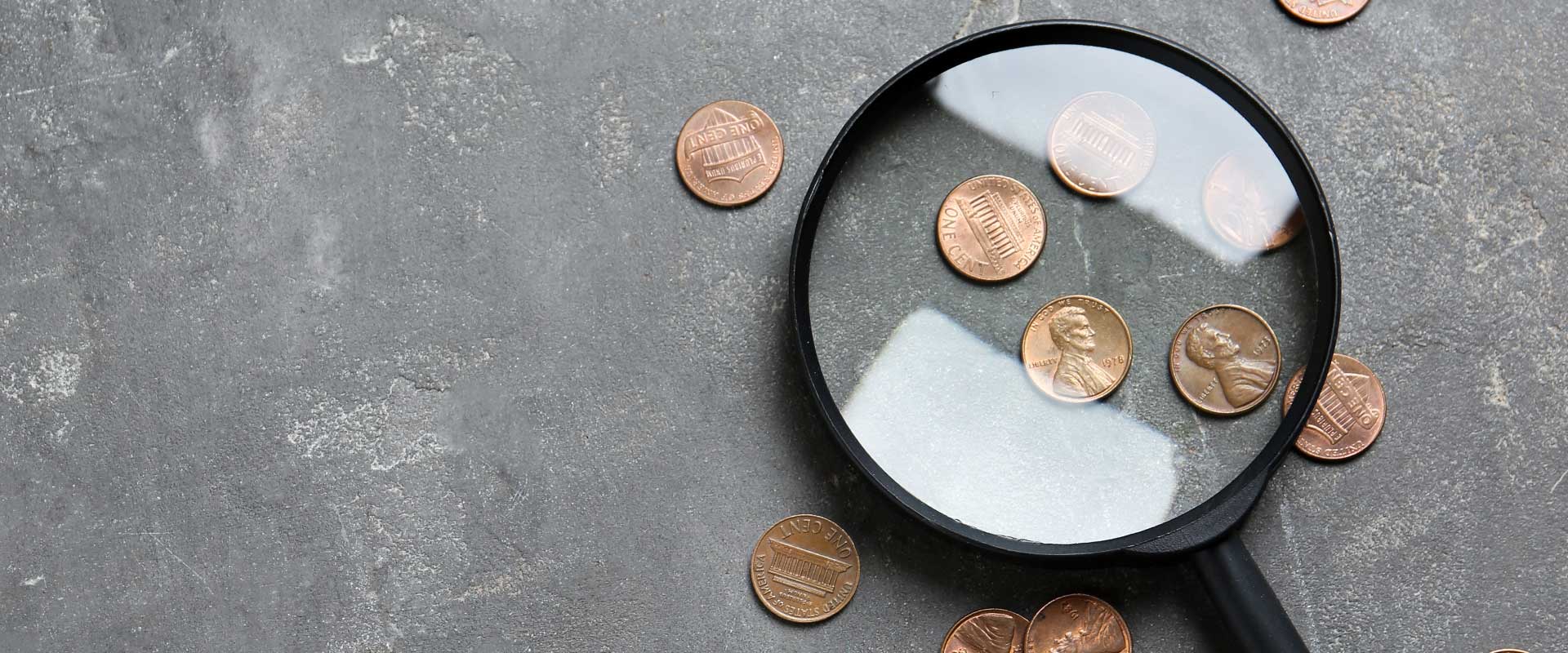We know that as a coin collector you want to be certain you’re purchasing a coin that is authentic and holds long-term value. Too many stories have been shared about collectors being swindled and treasured items deemed illegitimate. To help save you from becoming one of these stories, we’ve put together an article where we will share our tips for spotting a counterfeit coin. With these tips, we hope that your collection grows, your investments mature, and your story isn’t clouded in controversy.
1. Use a magnet
The United States Mint has extremely high-quality standards with six official specifications of coins listed for all coins in circulation. The specifications are composition, weight, diameter, thickness, edge, and number of reeds. In our opinion coin composition is the key to spotting a fake. Why?
Well, most counterfeit coins are made of steel. Steel is cheap and easy to manipulate, and that’s why counterfeiters like it. Luckily, the U.S. Mint doesn’t often use steel as part of the inner core or outer layer of a U.S.-minted coin.
The way to spot a fake is to use any magnet. If the official composition of the coin states that it does not contain any steel, the coin should not stick to the magnet. On the other hand, if an official coin specification states that it does have steel, then a genuine coin should stick to the magnet.
Fun fact: The United States Mint only made one coin that contains steel: the 1943 Lincoln cent.
2. Determine weight and size
Grab yourself a scale and a caliper and get to work spotting a fake. In step one, we were introduced to six coin specifications. Now, we’re going to use other designations; weight, diameter, and thickness to help us spot a fake.
Using a high-precision caliper and a scale that is accurate to 0.01 grams, you can determine if the inches, millimeters, or grams are correct in comparison to the Mint specifications. If the weight and size are off by more than 10%, then you’ve got yourself a fake.
Fun fact: The most counterfeited coin in the United States is the $2½ Gold coin and the $5 Gold coin.
*This guidance isn’t a substitute for an evaluation by a professional. Please visit a reputable dealer to ensure authenticity.

